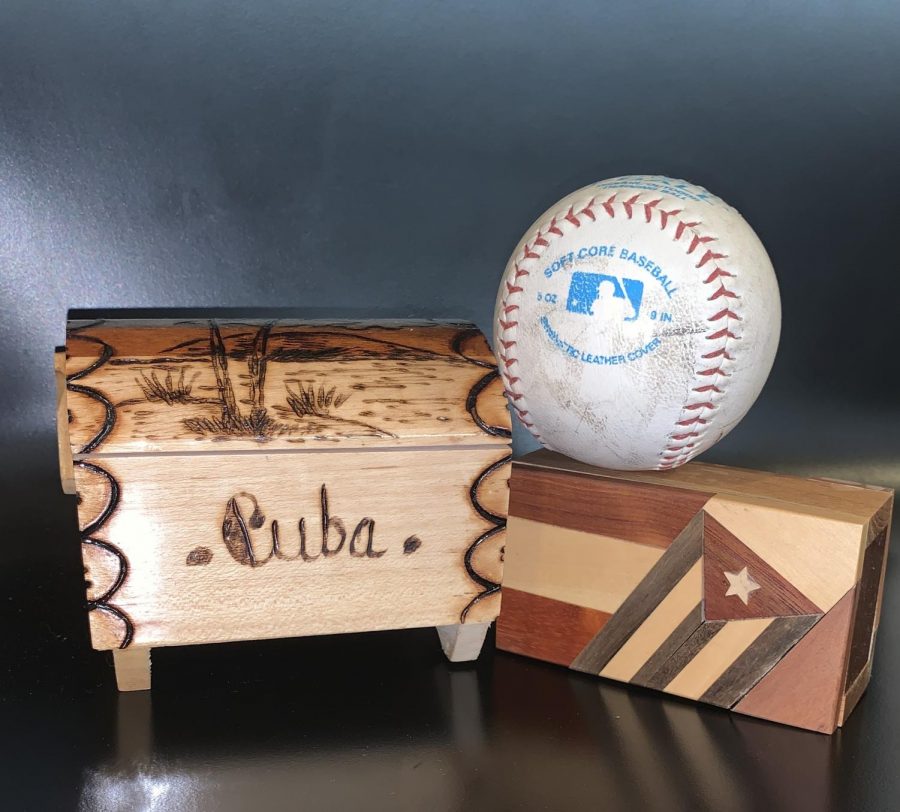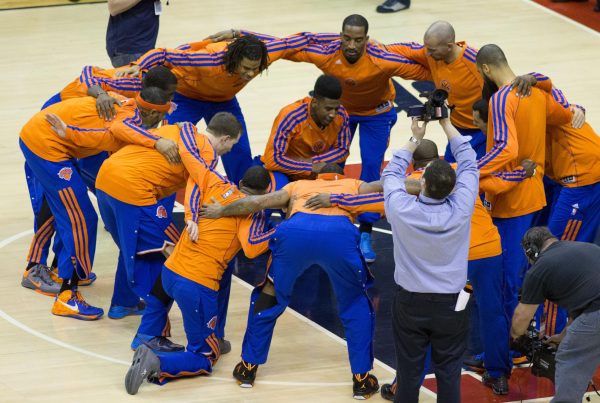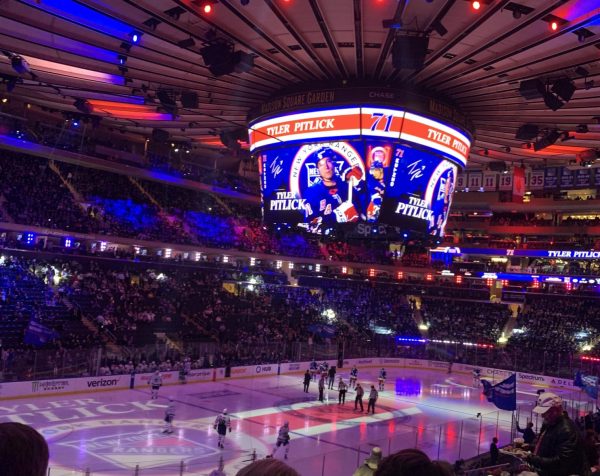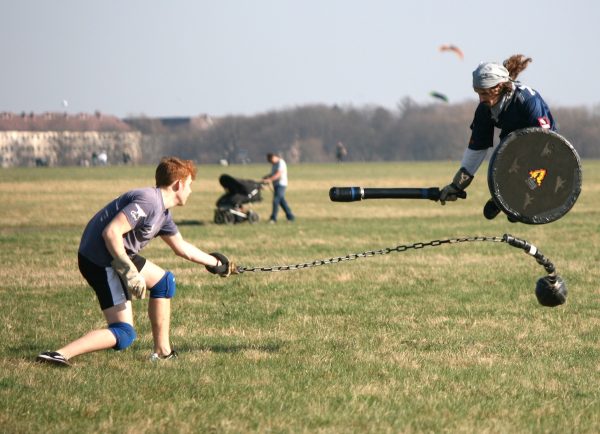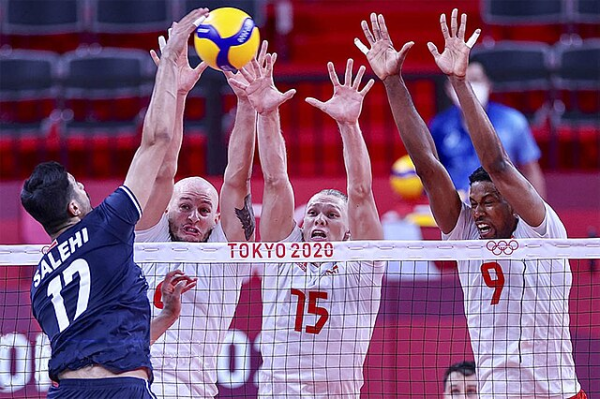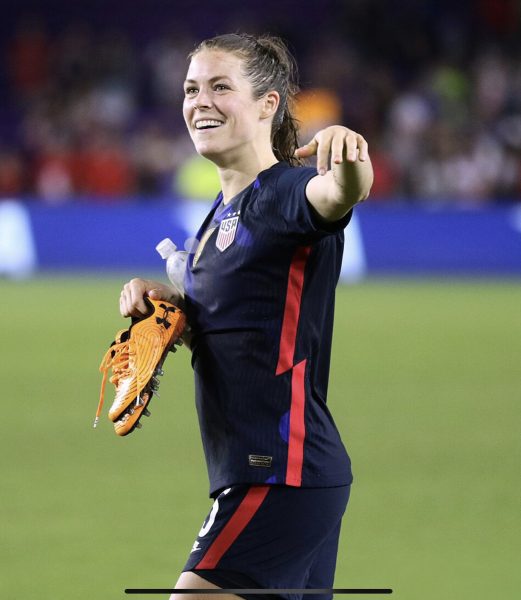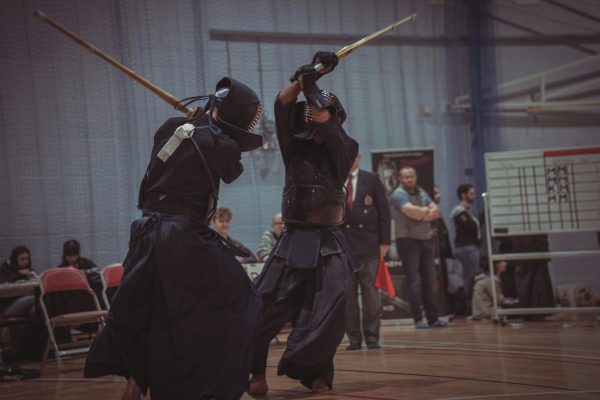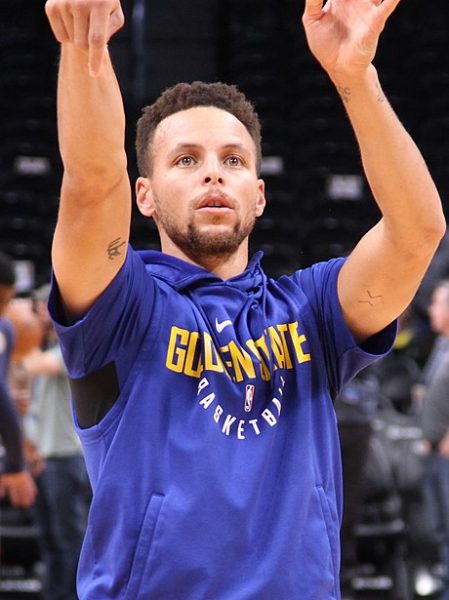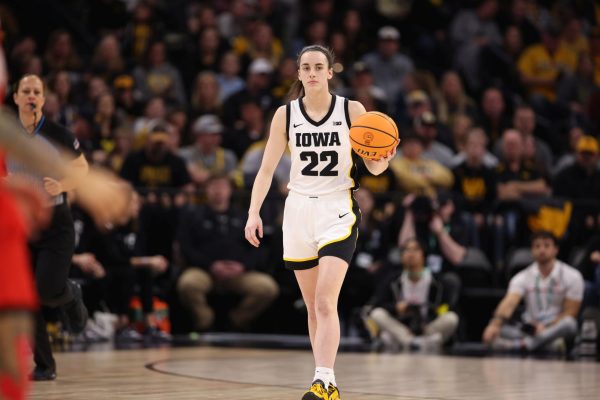La Pelota: More than a Cuban Pastime
A brief history of Cuban baseball and its place within the MLB.
For many Cubans, baseball is a way to hang on to their national identity and culture.
To say that baseball is the most popular sport in Cuba is to underestimate the cultural and social effects that it has had on the country and its citizens. Baseball in Cuba is much more than a sport and pastime, and much more than just the game itself. Baseball has made its way into the core of the Cuban identity, becoming part of the meaning behind “being Cuban.”
Brief History
The beginning of Cuba’s journey in baseball is usually attributed to students, such as Nemesio Guillot, who had studied in the United States and upon their return were determined to introduce the sport to their native country. Guillot spent many years of his life promoting baseball, and by 1868 he had founded the Havana Baseball Club. The popularity of the sport spread quickly among Cubans, and for many, it became a symbol of national identity, separate from Spain’s then-imposed cultural mandate. Upon the Ten Years’ War and Cuba’s fight against colonial rule, Spanish authorities made the decision to temporarily ban the sport in 1869, determining that Cubans were beginning to prioritize baseball over Spain’s traditional public bullfights. At this point, baseball became a part of Cubans’ independence movement, signifying their freedom and individualism.
The first official game of baseball in Cuba took place in Pueblo Nuevo, Matanzas on December 27, 1874, between Club Matanzas and Club Havana. It wouldn’t be until 1878 that the Cuban League was finally fully established and organized, at first consisting of only three teams: Almendares, Habana, and Matanzas. The establishment of professional baseball in Cuba coincided with the Pact of Zajón, ending the first war between Spain and Cuba. Many of those who had fled to the north came back with an established passion for baseball, further increasing enthusiasm for the sport. After a few years, the number of amateur baseball teams in Cuba multiplied. Quickly, virtually every city and town in Cuba had been taken over by the fanaticism of the sport, and the Sunday afternoon baseball games became a socio-cultural tradition.
As the stakes and atmosphere of the game became more professional, the Cuban national team started playing against those in the United States. Many club teams from America started including Cuba in their seasonal games, including the New York Giants in 1911, drawing mass audiences. Around the years of 1890 and 1891, the euphoria of the game began to spread among neighboring countries, and Cuba introduced baseball to Puerto Rico, Mexico, and the Dominican Republic, earning the title of the “apostles of baseball” and a place in the history of the sport on other islands.
The sport continued to increase in popularity throughout the years, and Cuba enjoyed the free flow of players and games beyond their own borders. But after Fidel Castro’s revolution in 1959, the nature of the sport in Cuba completely shifted. Closed borders with the U.S. heavily affected the ability of Cuban players to attempt to play in the MLB, but even worse, Castro banned professional baseball. Players with hopes of playing past “amateur” leagues were left with no option but to seek opportunities to play elsewhere. However, aspiring to play outside of Cuba was a complicated journey in itself, causing many Cuban baseball players to struggle to find a place in the history of Major League Baseball.
Struggling to Integrate
It would be a lie to say that the struggle to incorporate Cuban players in the major leagues started after Fidel Castro’s ban on professional baseball. The obstacles for Cubans to find their place within the sport have existed for over a century.
The first Cuban player to have ever played professional baseball is considered to be Esteban Bellán in 1870. Bellán started playing in the U.S., prompted by the ban imposed on the sport by Spanish authorities in 1869, signing with the Troy Haymakers in the National Association. At the time, he was considered a pioneer and hero of the sport, being the first Latin-born player to play in a major league in the United States. He later came back to Cuba and continued his efforts to build the sport in his native country, taking part in landmark games such as the first official baseball game in Cuba in 1874, where he played for Club Habana and hit two historic home runs.
After Bellán, however, it would be a long time until Cuban players would play in the major leagues regularly. In 1908, the Cincinnati Reds toured Cuba and played against the men that would become the first Latin-born players to play in the modern MLB. During the game, José Méndez particularly stood out as he threw for a one-hit game and two weeks later he threw two more shutouts. Although the 20-year-old Cuban player promised a lot of talent, there was one issue standing between him and a career in Major League Baseball: the color of his skin.
Cuba, as a formal independent nation, has never restricted any race from playing in any sports, and due to Cuba’s demographic diversity that meant many of its baseball players were of African-descent. The segregation among major league teams stopped many players, such as Méndez from making it to the MLB. Two other players in that same 1908 tour, Armando Marsans and Rafael Almeida, who were also considered local talents, were eventually signed by the Cincinnati Reds 1911 as they were deemed “white enough” for the major leagues. However, that didn’t stop the color of their skin and their Latin descent from causing struggles throughout their career. Before they were officially signed by the team, the Reds underwent an extensive public campaign in order to justify and prove the “whiteness” of the two players, reassuring the public that in no way did the players have any “African descent.” Although both players were able to make their debut in the MLB, Reds and baseball fans, in general, did not cease to taunt and harass them during their time playing.
Throughout the first half of the 20th Century, many other light-skin Cubans were able to make their way in the major leagues and into the hearts of baseball fans all around the world. Players such as Adolfo Domingo De Guzmán “Dolf” Luque stood their ground and made it into the Cuban Baseball Hall of Fame and the Cincinnati Reds Hall of Fame, earning the title of “Pride of Havana.” But for many years, racial discrimination restricted many other Cuban players from ever having a chance at playing in the MLB.
A little over ten years after Jackie Robinson’s debut on the Brooklyn Dodgers, Fidel Castro banned amateur baseball in Cuba and closed borders with the United States, making it almost impossible for players to seek out an opportunity playing in the MLB. In order to do so, players resort to “defecting” from Cuba, a dangerous process that often involves hiring smugglers or human traffickers to illegally transport them to another country from which they can then be recruited by teams. For a brief period of time in 2018 under the Obama administration, a deal was reached between the MLB and Cuba which no longer required players to defect from Cuba. The deal was short-lived. In 2019, President Trump dismantled the deal and Cuban players now see themselves in the same situation they were in for 51 years.
Success Stories
Beyond the many challenges Cuban players have faced trying to play in the major leagues, there have been many success stories that have managed to tell their story. Some honorable mentions are:
- Rafael Palmeiro (1986-2005): Born in Havana, Cuba. He has played for the Chicago Cubs, Texas Rangers, and Baltimore Orioles. He is one of the only six players in history to be both in the 500 homerun and 3,000 hit club. Although his failed drug test consequently changed the way in which baseball fans will remember him, his career is still notable and he is still considered one the best Cuban players in the MLB ever.
- Jose Canseco (1985-2001): Jose is best known for his amazing record of 462 career home runs, including when he hit 40 home runs and stole 40 bases in 1988. His family was allowed to leave Cuba in 1965, when he and his twin brother were barely one year old, and they settled in the Miami area where he grew to love baseball.
- Aroldis Chapman (2010-Present): One of the fastest pitchers of all time, Chapman was once measured at throwing 106 mph, and he currently plays for the NY Yankees. After a failed attempt to defect from Cuba in the spring of 2008, Chapman traveled to Havana to meet with Cuban President Raúl Castro who gave him a conditional reprieve, suspending him for the remainder of the National Series season but allowing him to play in the World Baseball Classic (the World Cup of baseball) in 2009. Chapman successfully defected from Cuba while in the Netherlands where the national team was playing. Chapman then established residency in Andorra and petitioned MLB to be granted free agent status.
- Yasiel Puig (2013-Present): In 2009, Puig attempted to defect to Mexico 13 times, in an attempt to become a legal resident and eligible to sign a contract in Major League Baseball. On his third attempt, police raided the defection group’s safe house and detained them for six days. On the fourth try, the U.S. Coast Guard Cutter Vigilant intercepted their boat near Haiti. The fifth time, he was successfully taken to Mexico by Los Zetas, a Mexican drug cartel involved in smuggling. Floridian Raul Pacheco, the 29-year-old president of Miami-based T&P Metal and PY Recycling, allegedly paid smugglers $250,000 to get Puig out of Cuba.
- Jose Mendez (1908-1927): Legend has it that he achieved a 44–2 win-loss record with the Cuban Stars in 1909, though a recent compilation of box scores shows a still impressive, 14–2 record (with 2 saves). He pitched a 10-inning no-hitter on July 24, 1909.
Daniela Castro is an Editor-in-Chief of the ‘The Science Survey’ and a Reporter for the People Section in the Bronx Science Yearbook, ‘The Observatory.’...

